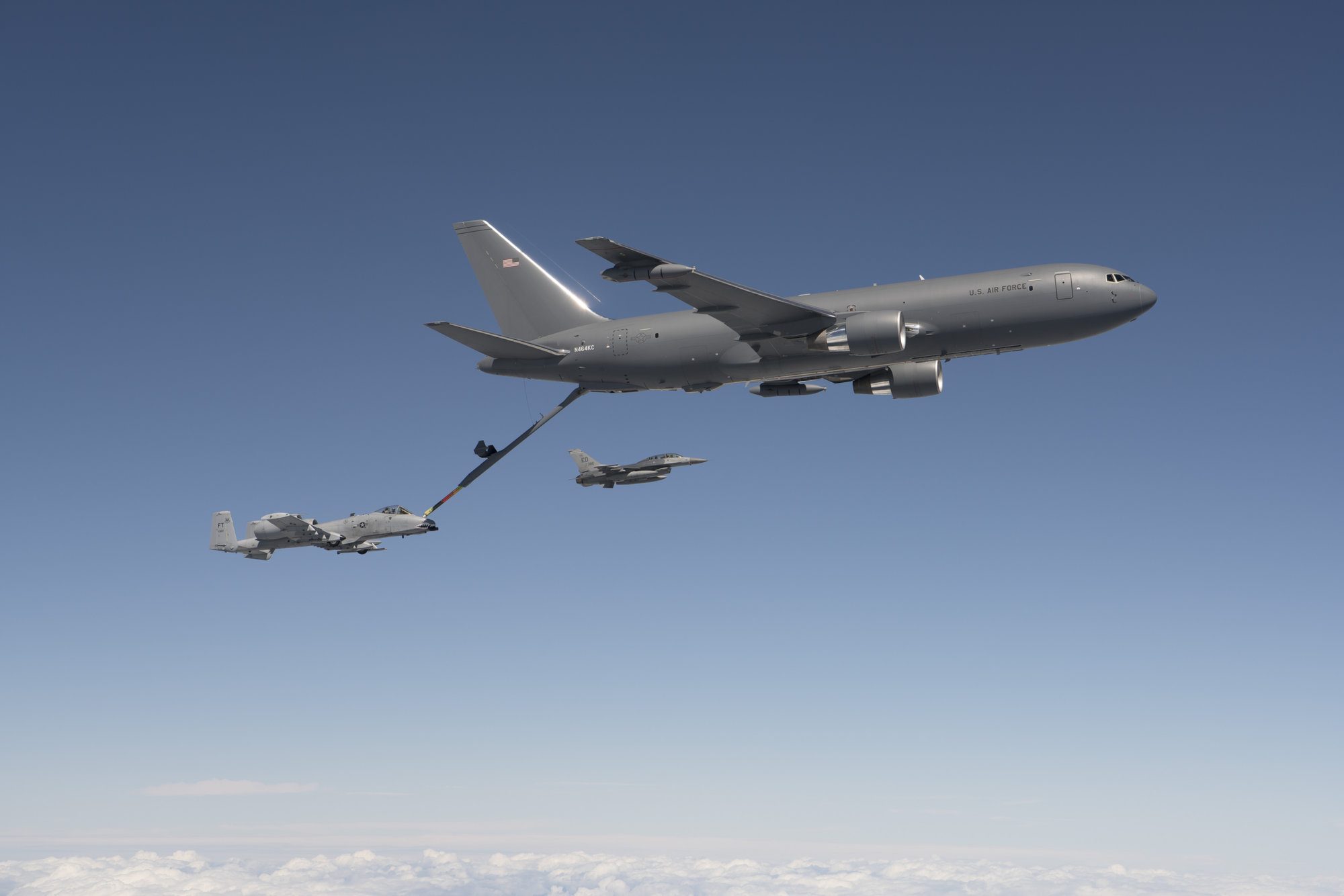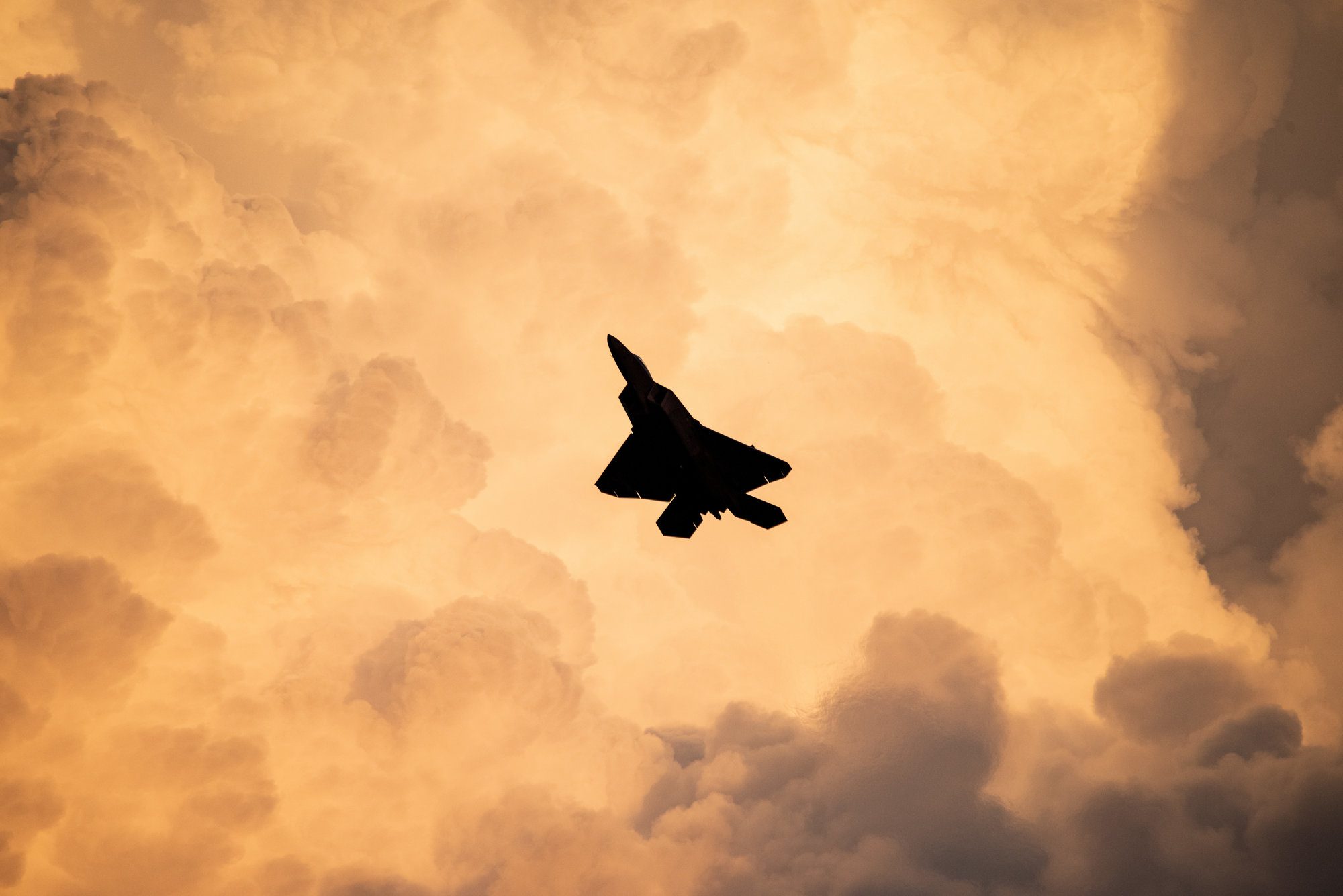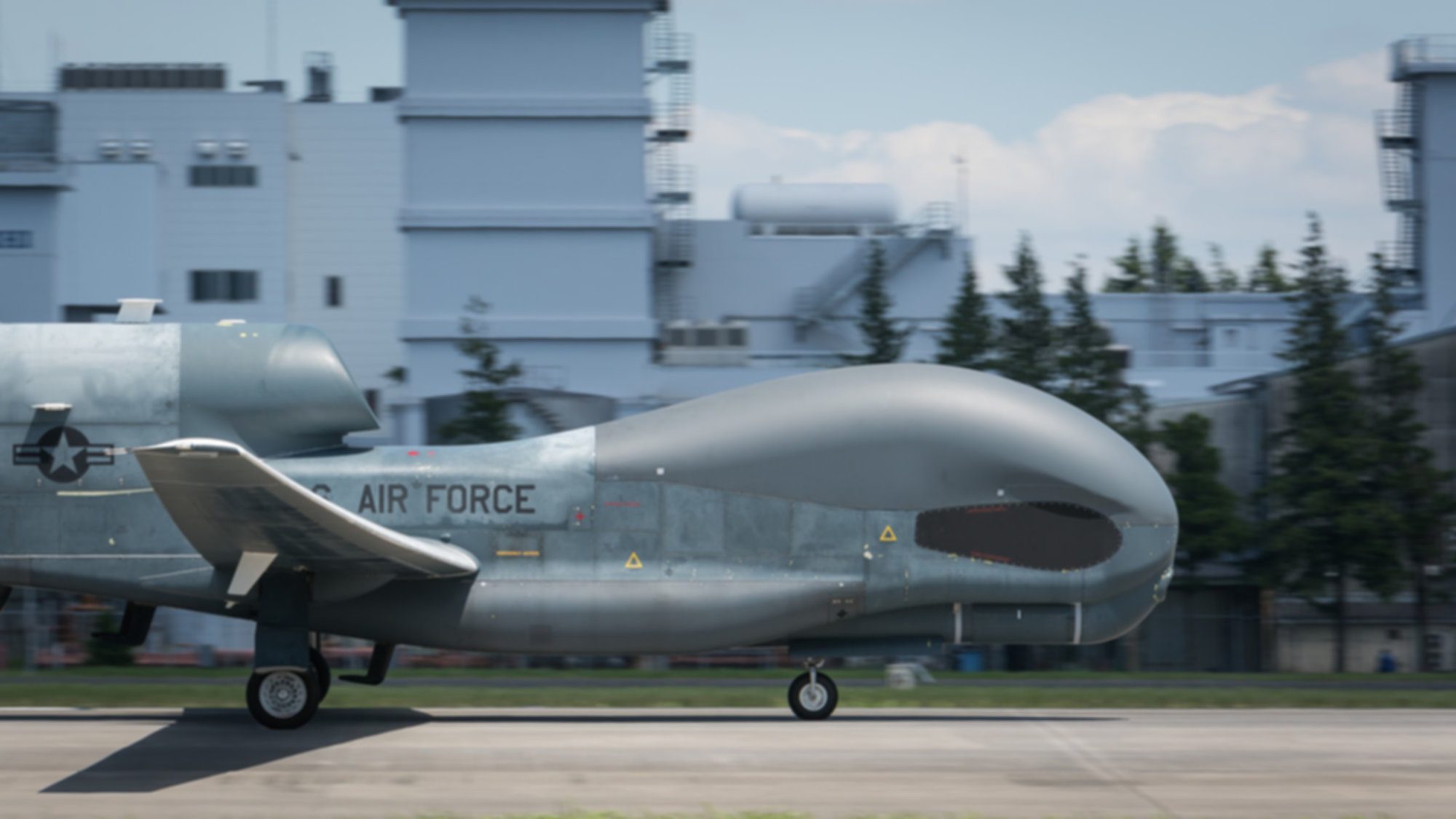If there is one variable that is radically impacting what it means to project effective aerospace power in the information age, it is the combat cloud. The ability to gather information, process it, and collaborate with other mission partners to yield desired mission effects through teamwork is the central tenet of this concept. It is at the heart of fifth generation aircraft, it ties directly to how remotely piloted aircraft like the MQ-9 function, and it will radically enhance the value of legacy mission assets. No longer will the value afforded by an aerospace system be evaluated by a traditional metric like the flight envelope of a single aircraft, but instead the way in which it can productively team with an enterprise of capabilities to yield results far greater than what can be achieved in a unilateral fashion.

Realizing this goal demands that aerospace systems, both space-based and aircraft, have the ability to gather data, process it into information, and then partner with other mission assets in a multi-domain fashion to net desired results. Connectivity is crucial in this new paradigm, an area that requires investment and progress. Program managers and oversight entities must also look at aerospace systems differently, for the attributes they may have prioritized in the industrial age will now rack and stack differently in the information era. In this vein, funding for processing power may take priority over the ability to pull more Gs.
While the combat cloud is a new concept, the notion of survivability is not. The ability to send aerospace forces into harms way, have them successfully execute their missions, and get them home safe so they can execute the next mission is a goal that ties all the way back to the dawn patrols of World War I. However, given adversary capabilities to harness the attributes of the information age, they too will have greater situational awareness regarding the position and composition of US aerospace forces. Information that was once the highly classified purview of an entity like the National Reconnaissance Office is now available via Google Maps. Accordingly, attributes like stealth, electronic warfare, and collaborative cyber teaming will be especially important to ensure combat aircraft are able to execute their missions in a sustainable fashion. Understanding what the enemy is doing in a real-time fashion and adjusting tactics accordingly will be incredibly important to maximizing the chance for a successful mission.

When survivability falls short, it is crucial for commanders to fall back upon force resiliency—especially regarding an attrition reserve. Ever since the end of the Cold War, a relatively benign aerospace operating environment paired with budget pressures saw realistic wartime reserves fall by the wayside as “excess.” Congress, senior military leaders, and operational planners must first acknowledge that the present aerospace force lacks this margin. An inventory of 185 F-22s and 20 B-2s speaks to this fragility in current capacity. Nearly every aerospace mission set can be described as high demand, low density. Said more simply, there are too few air and space craft to execute desired missions under present conditions. Facing advanced threats, the anticipated losses would risk degrading force inventories to the point of operational insolvency. It is crucial to build back these attrition margins through programs like the F-35, B-21, KC-46, and NGAD.
Even without operational losses, it is important to understand that current force structure is not sized for full spectrum, large scale nation state conflict. This cuts to the notion of lethality and it is exactly why in the fall of 2018 then-Secretary of the Air Force Heather Wilson explained: “The Air Force is too small for what the nation expects of us.” Nor is Secretary alone in her assessment. During a 2017 hearing, then Senate Armed Services Committee Chairman John McCain declared: “This is a full-blown crisis, and if left unresolved, it will call into question the Air Force’s ability to accomplish its mission.” The baseline reality is that the Air Force is operating the smallest, oldest aircraft fleet it has ever fielded since its founding in 1947. In fact, the numbers are even worse than what the service faced during the Great Depression, when it was part of the Army. In 1990, the Air Force fielded 3,206 fighters and 737 bombers. Today, it has just 1,731 and 157 of the respective types.

A standard theater-level air campaign involves over thirty thousand aim points—bombing targets. Securing victory demands hitting an overwhelming number of these targets in a rapid fashion to deprive an adversary of its ability to regroup and compensate with alternate means of survival. There is no way the present inventory of the Air Force, Navy, and Marines is equipped to deliver that volume of striking power—especially if you look at how few of the current aircraft are stealthy. In fact, less than twenty percent of the Current Air Force inventory is comprised of fifth generation fighters. The ratio is even worse when looking at a mere 20 B-2s comprising America’s stealthy long-range strike force. This must change and it connects back once again to larger buys of relevant aircraft and space systems.

